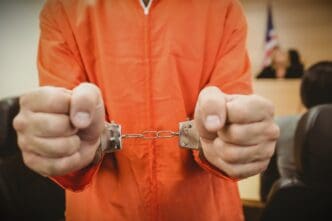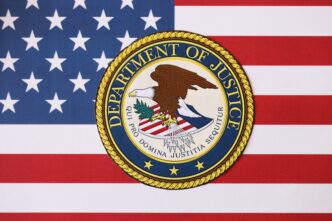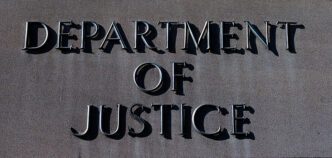A helicopter incident occurred on Thursday afternoon when the aircraft crashed into the Hudson River, leading to an immediate response from city authorities in New York. Reports have emerged suggesting multiple casualties, although official confirmation of the extent is still awaited. The New York Fire Department reported receiving an alert at 3:17 PM Eastern Time about the helicopter’s descent into the expansive tidal waterway that flanks Manhattan’s west side.
Social media videos revealed the helicopter almost entirely submerged and inverted in the river, with rescue efforts already underway. Emergency vehicles quickly assembled on the shore, while multiple rescue boats circled the site in a coordinated effort to assist those on board. The rescue operations were concentrated near a section of the Manhattan waterfront, adjacent to a maintenance pier supporting one of the Holland Tunnel’s ventilation towers.
While official sources have yet to confirm the casualty count, law enforcement insiders indicated to ABC News that a pilot, two adults, and three children were on board, suggesting the presence of tourists from Spain. Contrarily, the Associated Press reported, based on its sources, that six individuals had died following the incident.
This tragic event is not unprecedented as the city’s airspace is frequently busy with both helicopter and airplane traffic, encompassing private, commercial, and tourist flights. Notable past incidents include a deadly 2009 collision over the Hudson River between a tour helicopter and a small private plane, resulting in nine fatalities. In 2018, a sightseeing helicopter offering “open door” flights crashed into the East River, claiming five lives, prompting a subsequent ban on such flights by New York City.
Behind the Headlines
This heartbreaking incident highlights the risks associated with the bustling aerial activity over New York City. The crash may lead to increased scrutiny over helicopter safety standards and regulations, which could influence future tourism and commercial operations. The event might also prompt city officials to revisit and reinforce measures aimed at preventing similar occurrences in a densely populated urban environment.
For the community and tourists, the incident serves as a stark reminder of the unpredictability of aviation safety. It may impact public perception of helicopter tours and influence visitors’ decisions regarding participation in such experiences. Enhanced safety protocols could be implemented, potentially affecting the availability and cost of aerial tours, thus influencing the tourism industry’s landscape.






